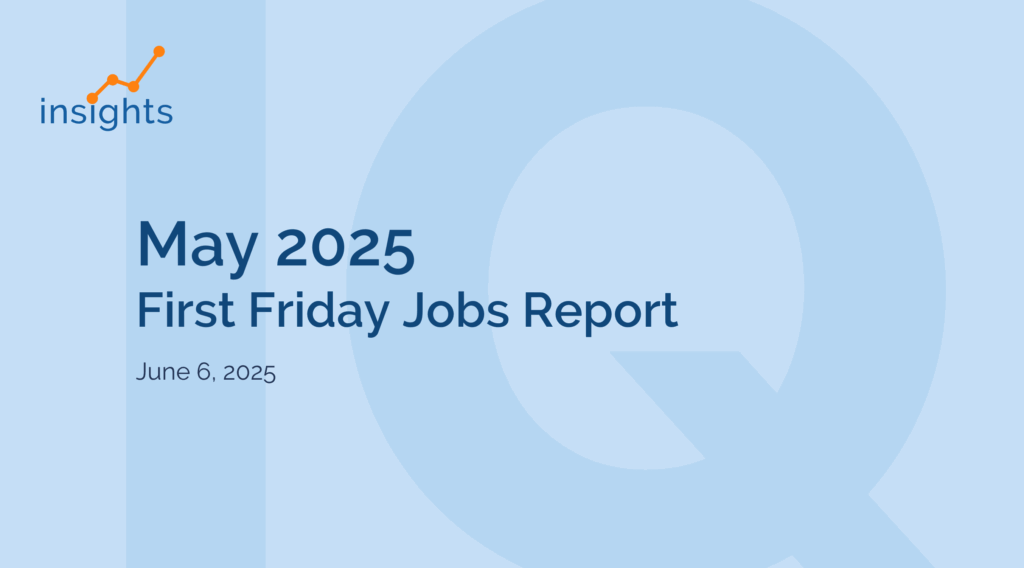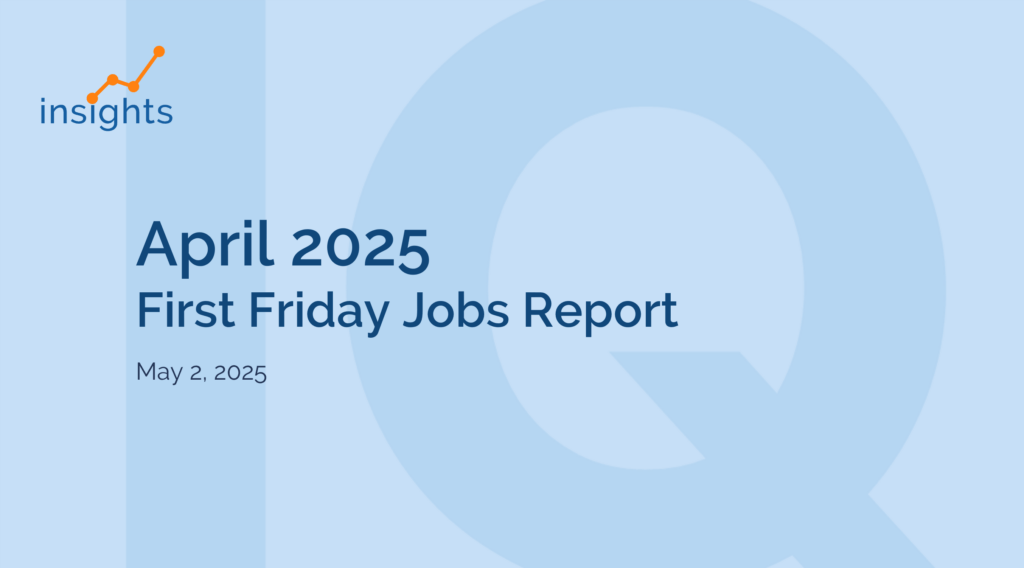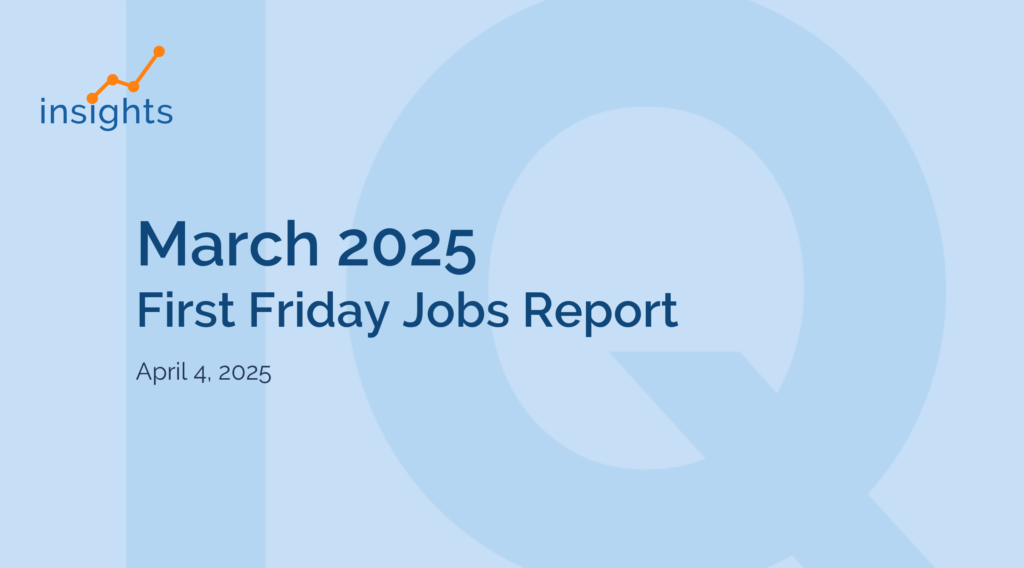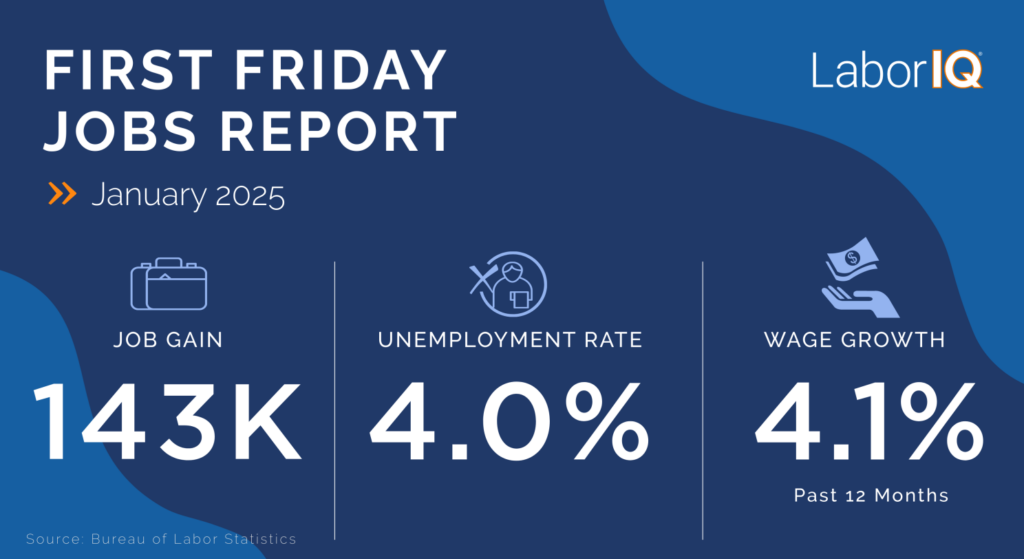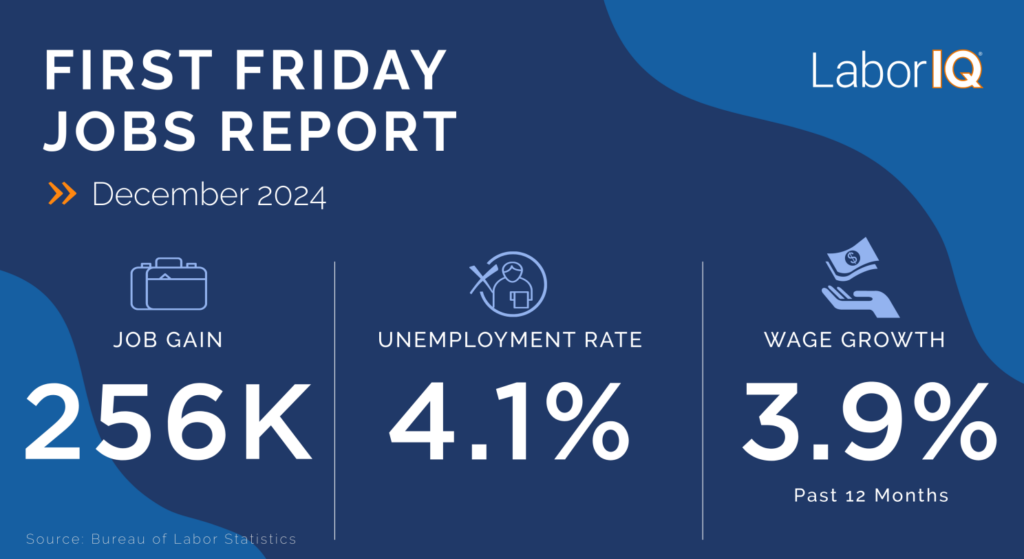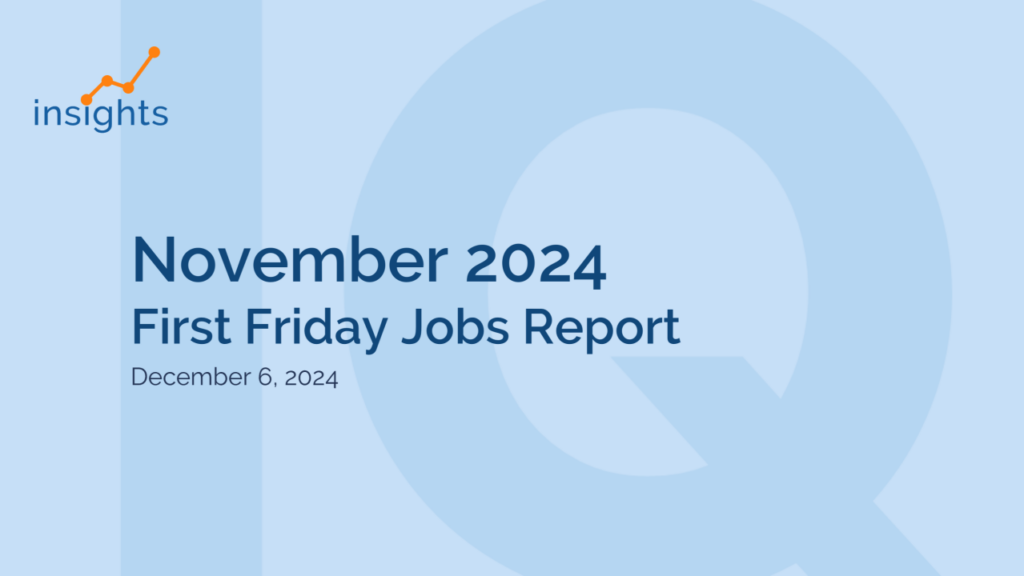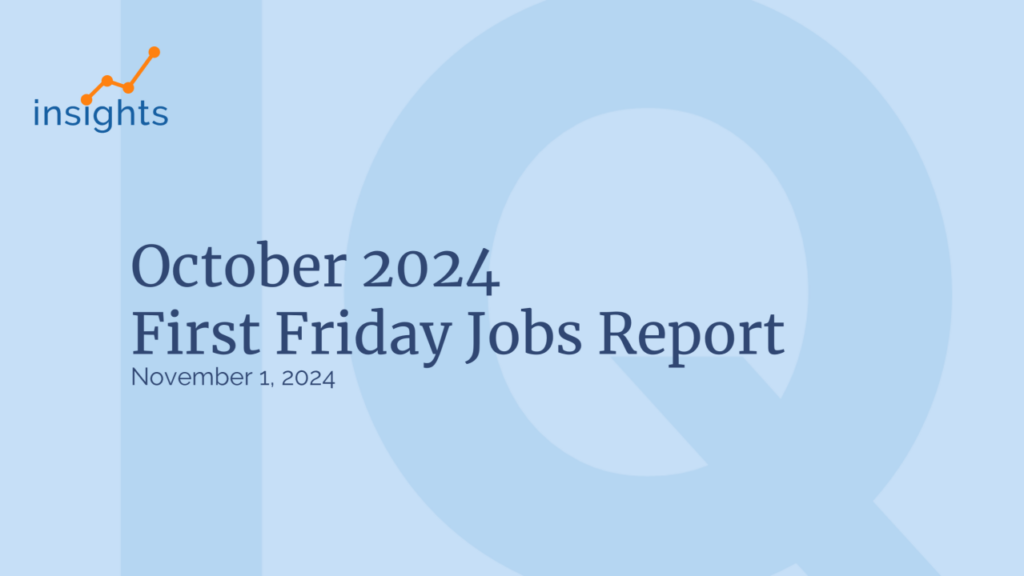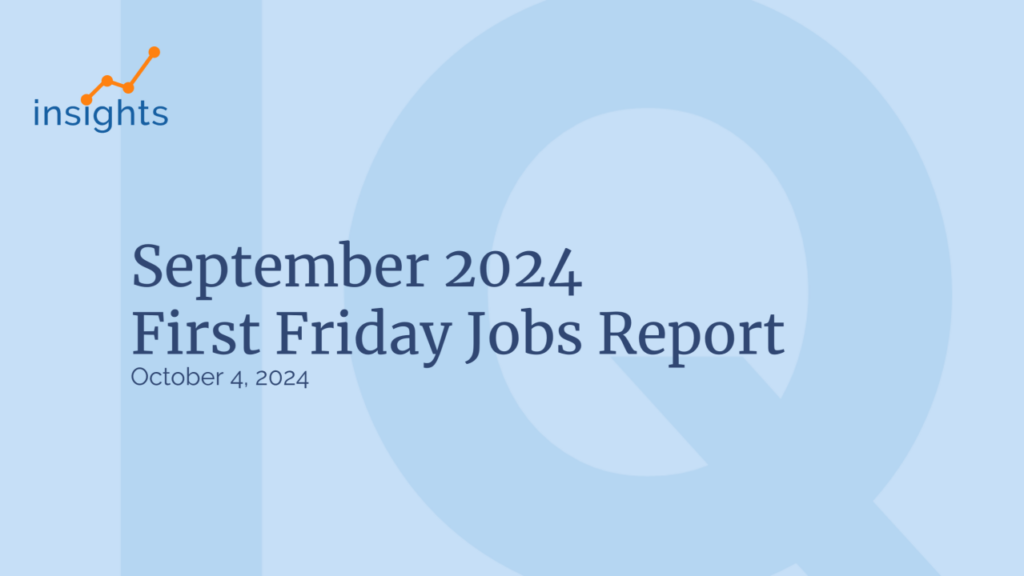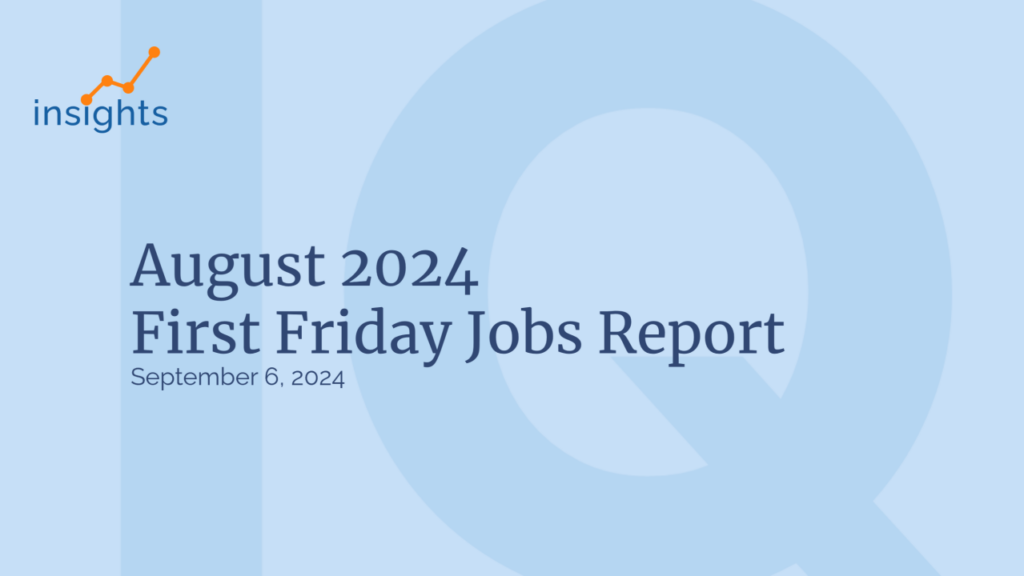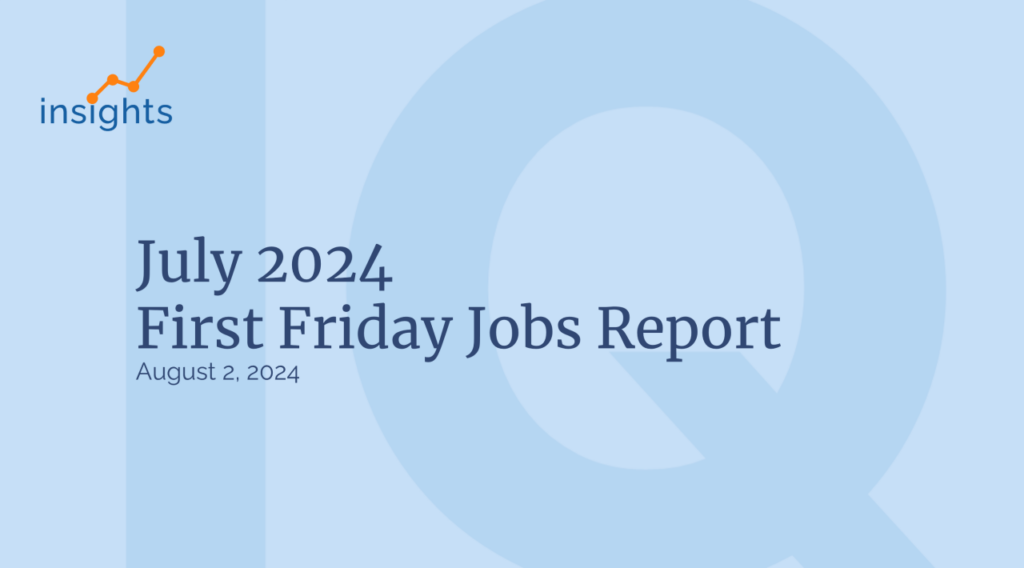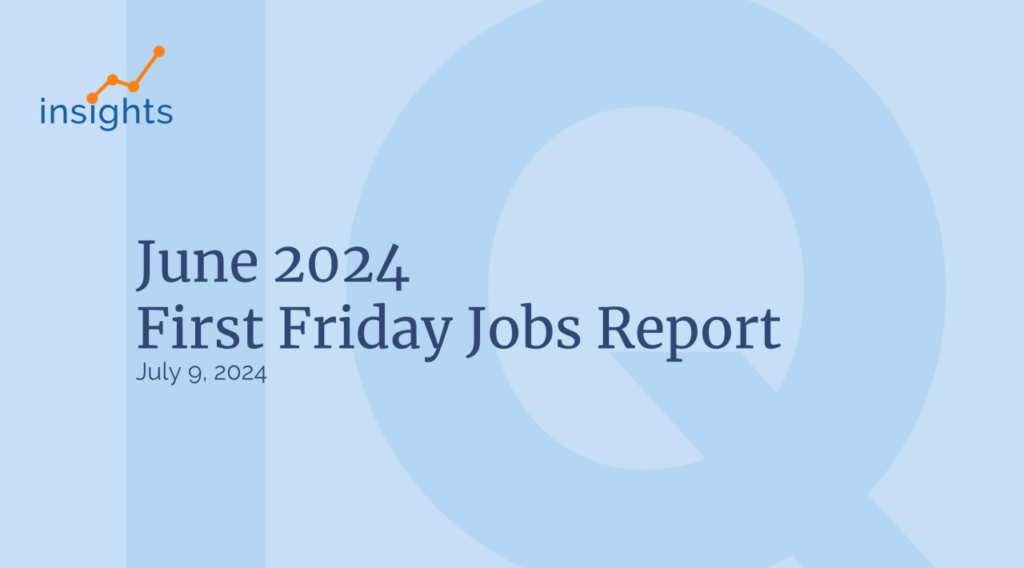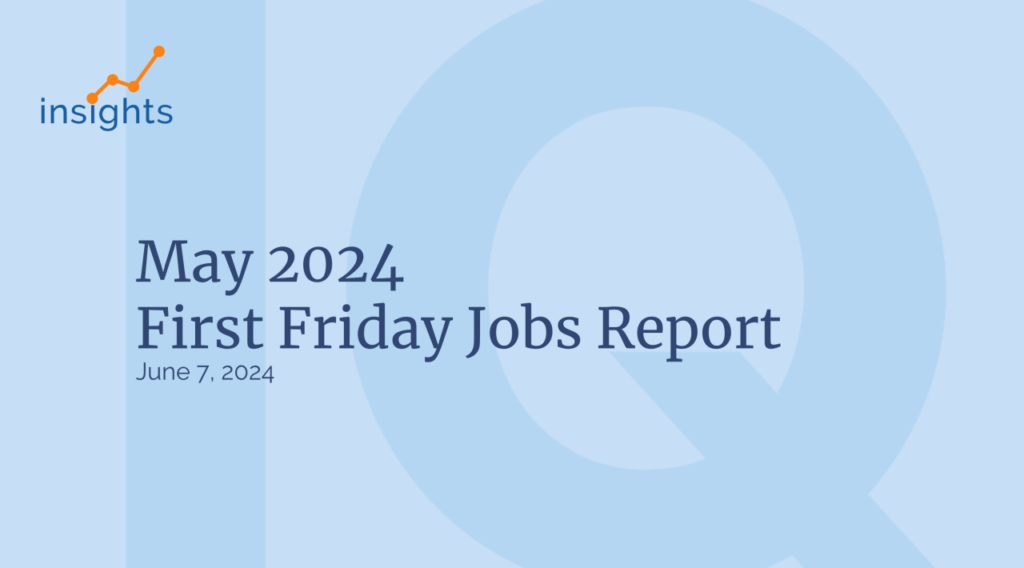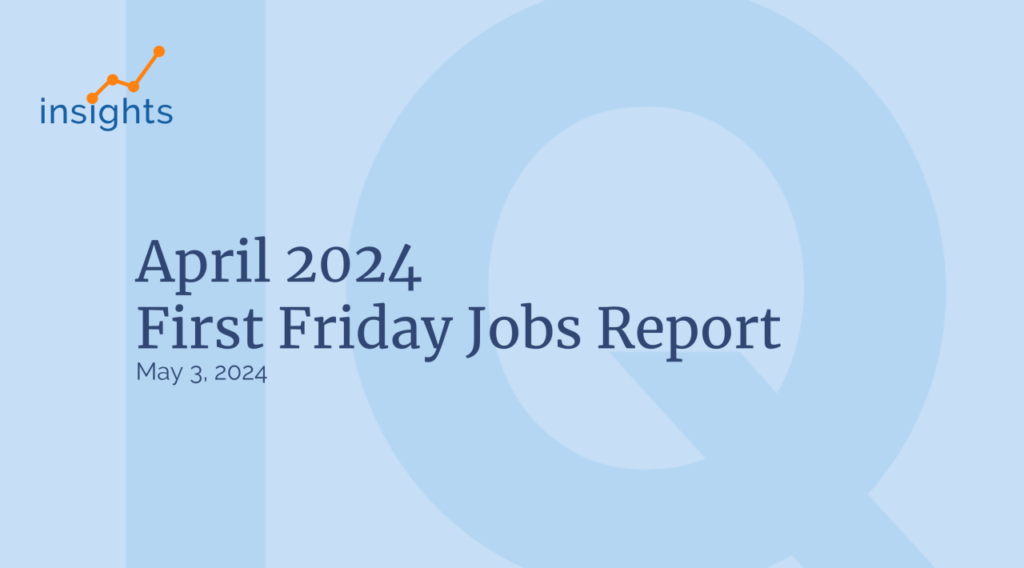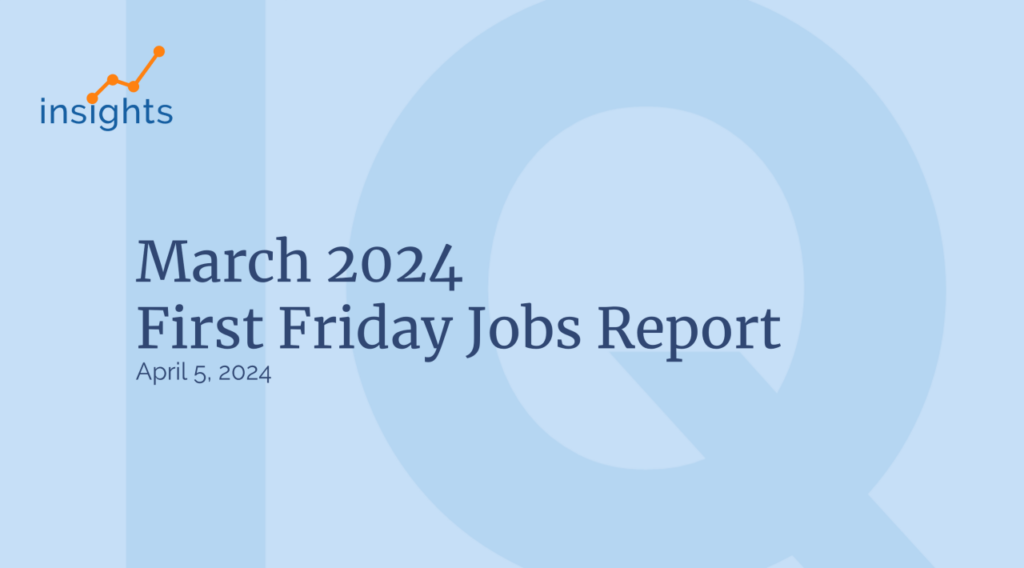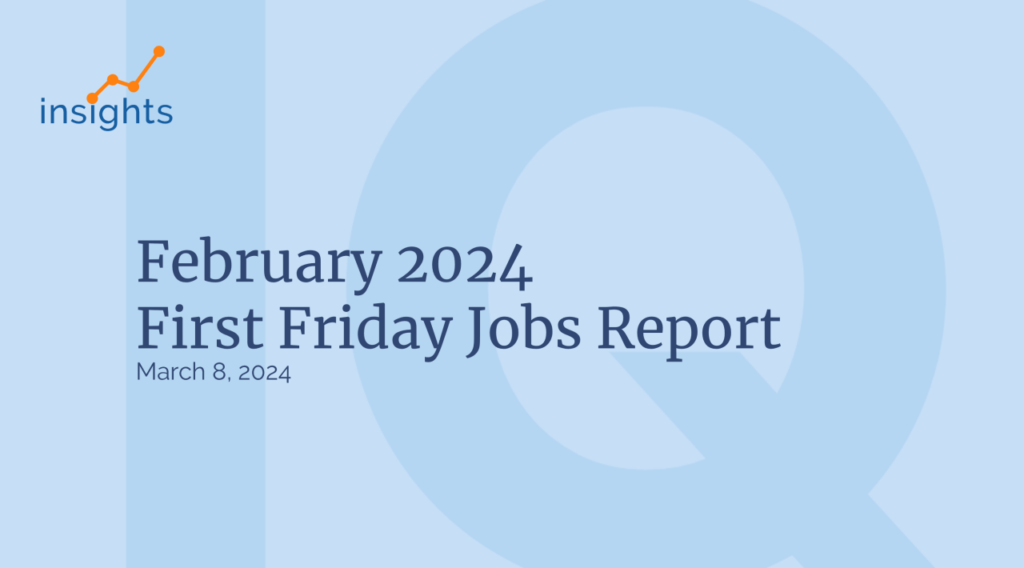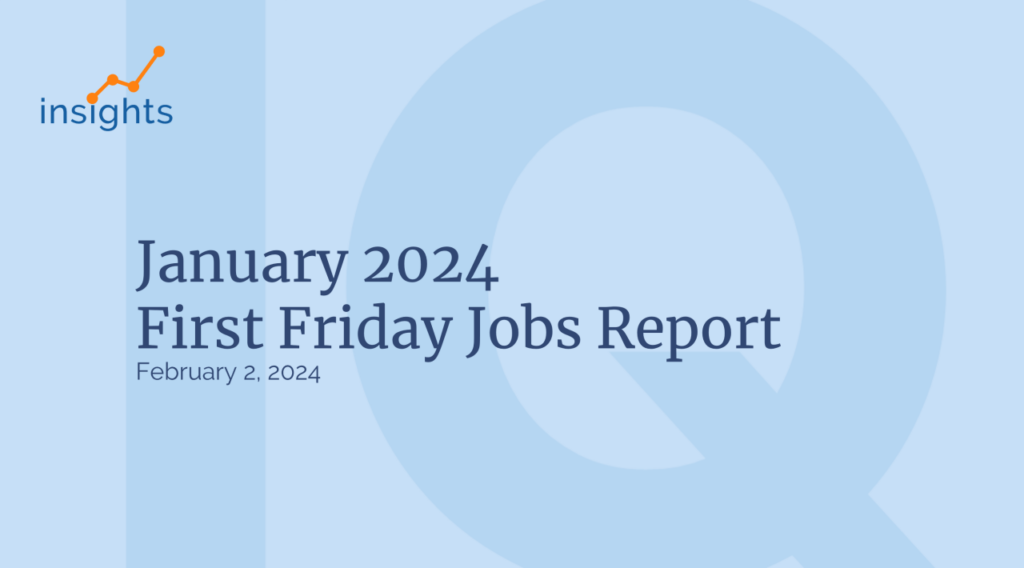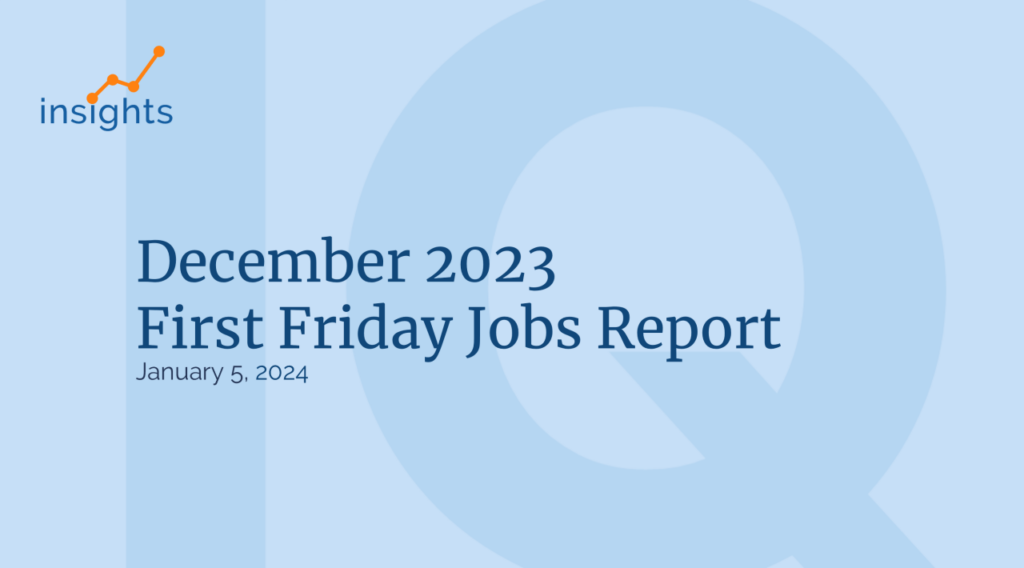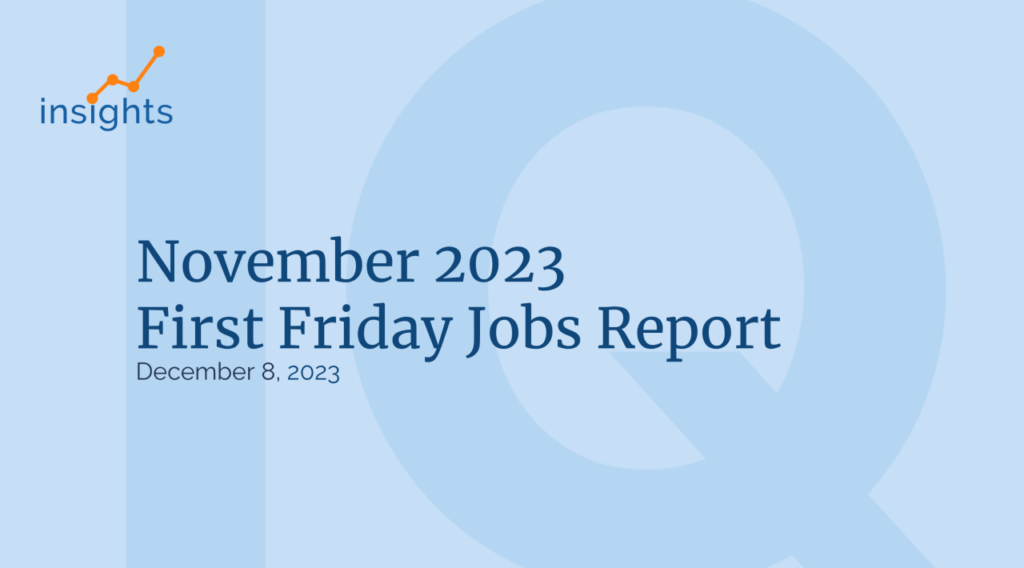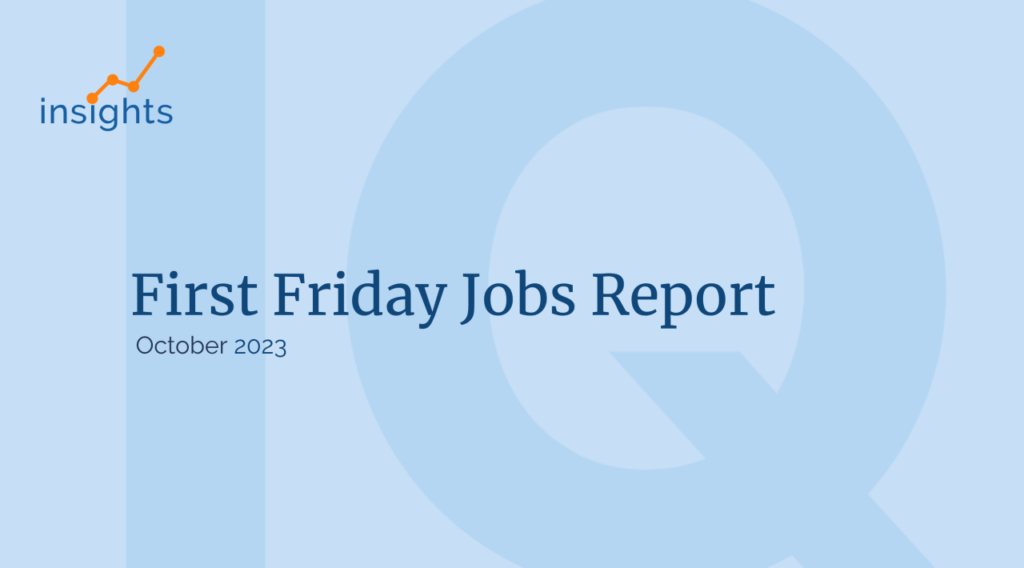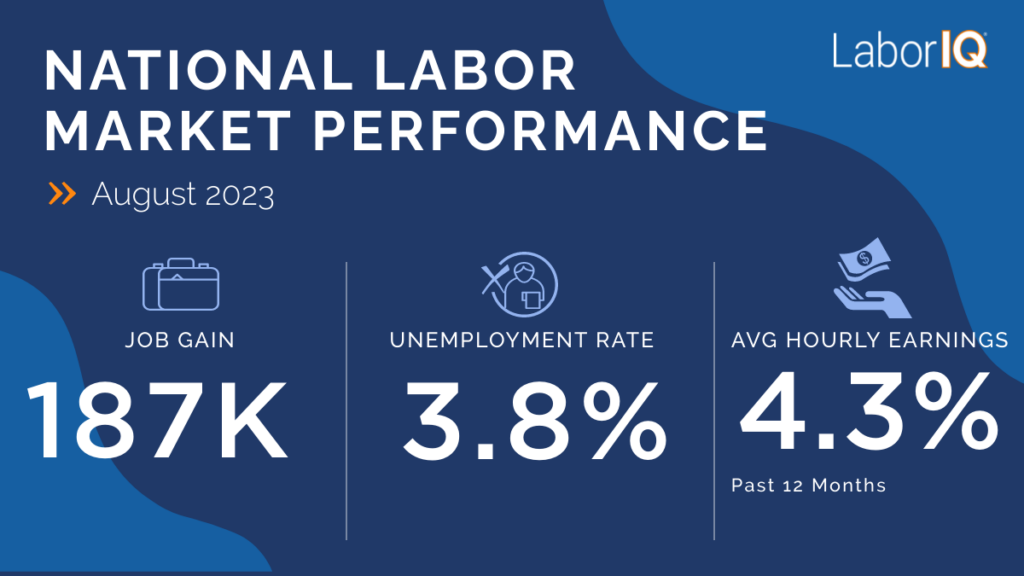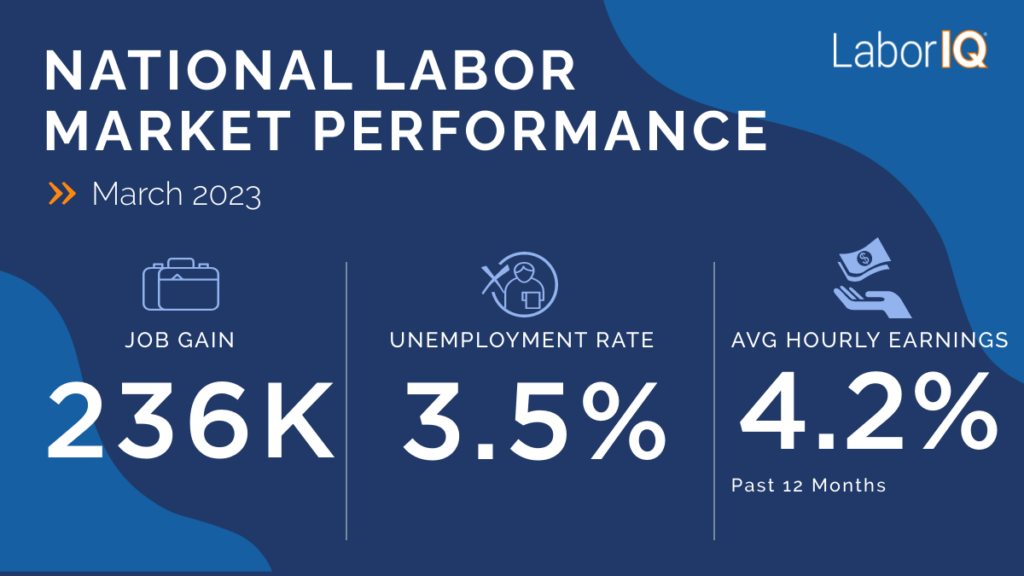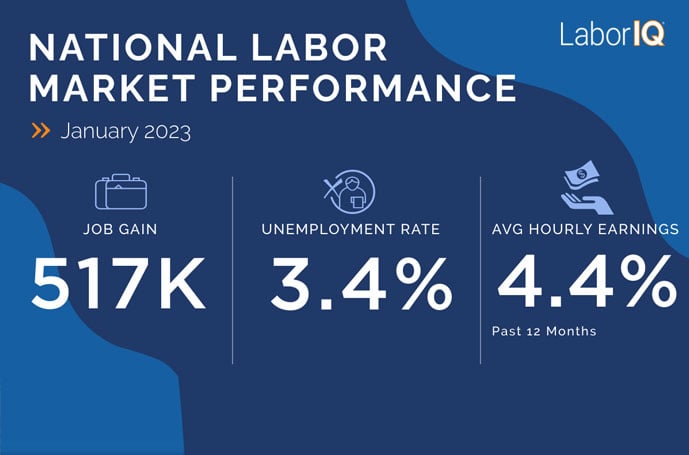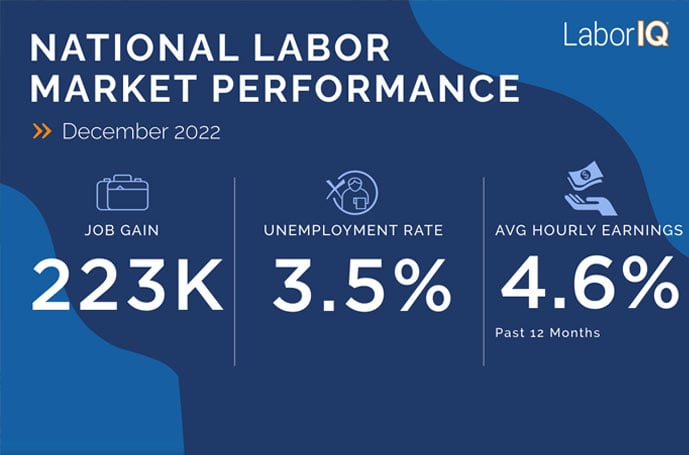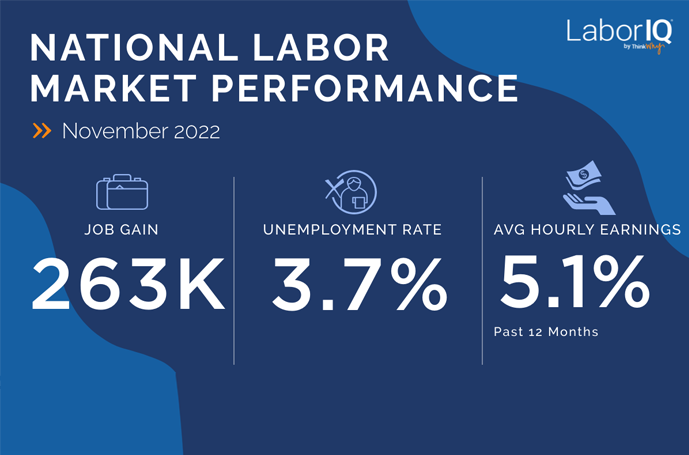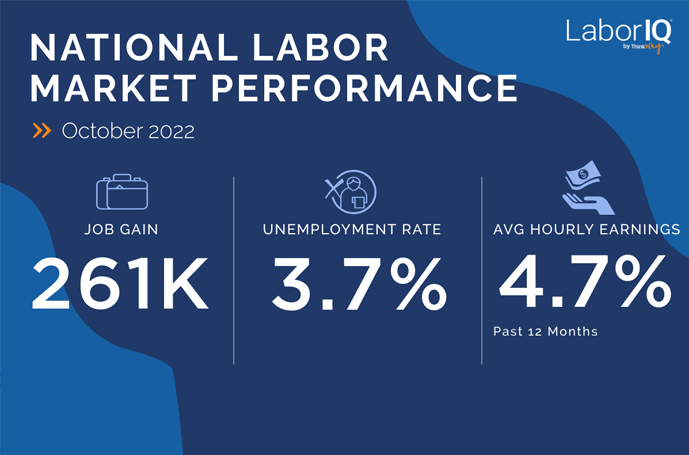The labor movement in the late 19th century led to the much-celebrated Labor Day, marked on Monday, September 5. This became a federal holiday in 1894 and is often commemorated with community celebrations and parades. Behind the celebratory air, however, there are other aspects to Labor Day – one of which is that for many workers, it marks a potential return to the office.
With some businesses requiring workers to return to their desks, some news outlets have predicted somewhat of a confrontation on its way.
For example, Apple’s Chief Executive Tim Cook recently sent a memo to staff stating that workers have to return to the office at least three days a week. The intention? “To preserve the in-person collaboration that is so essential to our culture.”
Elsewhere, it’s widely reported that Peloton Interactive has similarly issued a mandate for workers to return to the office three days a week beginning November 14.
These firms aren’t alone. While some (Netflix and Goldman Sachs) have an office-first approach, others now adopt a remote-first culture (Shopify, Slack, Deloitte, and others). In the middle, however, a significant cohort of businesses are opting for a hybrid solution.
So, how will this return to the office impact (or not) staff turnover and compensation demands?
Let’s take a look.

Staff Turnover
It’s too early to tell if employers mandating a return to the office (even in a hybrid situation) will impact staff turnover. However, the hybrid working culture appears to already have developed deep roots. For example, despite having offices, Meta chief Mark Zuckerberg encourages remote working, and Amazon has given team leaders the autonomy to decide on team working policies.
What we do know is that in one study, 64% of workers said they’d quit if asked to return to the office full-time. In another report, that figure sits at 39%, with 49% of those being Millennials and Gen Z.
Back to Apple, a group of workers called Apple Together responded to their CEO’s memo by stating they wanted “location flexible work.” They emphasize that they demonstrated their productivity and were happier when working remotely.
Interestingly, a McKinsey American Opportunity Survey found that of the 25,000 workers surveyed, 87% of those offered flexible working arrangements took up the opportunity.
So, given what we know, let’s assume that businesses might face the prospect of workers walking away because they can’t work remotely or in a hybrid working arrangement. Should this be the case, organizations may struggle to find skilled workers prepared to return to the office, even on a part-time basis.
Unfortunately, there’s no catch-all solution here, and it’s too early to predict if survey results will become a reality. However, some examples of what businesses could do to soften the blow of returning to the office include:
- Using incentives such as a four-day work week, free lunches and talking with workers to find out what would help.
- Reconfiguring the office space to make it a more attractive place to work.
- Introducing a hybrid working culture that offers workers greater flexibility.
- Syncing worker schedules (using technology) so their colleagues are there for in-person collaborations when they do come in. After all, who wants to sit in an office alone all day?
Businesses that pre-Covid had a positive work culture may find it easier to entice their staff back. However, again, no statistics are available just yet.
That said, looking ahead by conducting an organization-wide compensation review in which not only pay is looked at but also benefits packages will help – and then being transparent about your decisions. LaborIQ’s compensation planning software can provide information about talent supply across the U.S., but also information about how to provide indirect benefits and incentives.
This leads us nicely to our next point…
Compensation Demands
Back in May 2022, a Federal Reserve survey found that 45% of those who work from home would search for another job if required to return to the office. In the same study, 42% would quit if their firm instituted a pay freeze.
Interestingly, a 2021 Stanford University, University of Chicago and Instituto Tecnologico Autonomo de Mexico study found that a typical worker equates working from home to an 8% pay raise. Other studies also indicate that some workers are willing to accept a pay cut to continue working from home, with 65% stating they’d take a 5% reduction. Elsewhere, a FlexJobs study found home workers save on average $4,000 a year.
With that said, there’s some debate among employers around whether or not they should increase the wages of employees willing to return to the office by 5-10% while freezing the pay of those who can’t or won’t.
There’s no explicit data to suggest workers are asking for more compensation to return to the office. So, where does that leave businesses that want to see people in the office but are worried their employees will quit for a job that allows them to work from home or a hybrid model?
The statistics vary, but it’s evident that employees save money on transportation, child care and food by working from home. Companies can address this by:
- Providing free or discounted meals in the office.
- Offering child care vouchers.
- Providing employee transportation options (where realistic) and encouraging ride-sharing and cycle purchase programs.
Lastly, while not all businesses can afford this, consider paying workers more. For instance, Goldman Sachs announced a 30% salary increase for entry-level new hires.
But, There Is Another Way
By adopting either a fully remote culture or a hybrid working solution, the business may find potential savings.
Savings include utilities, food, taxes, and cleaning contractors. According to a Global Workplace Analytics study, 60% of businesses identify these cost savings as a perk of instituting remote work.
In a climate where unemployment sits at 3.5% and 11.2 million job openings, it’s strategically beneficial to focus more on nurturing skilled employees and listening to them rather than forcing them back to their desks.


